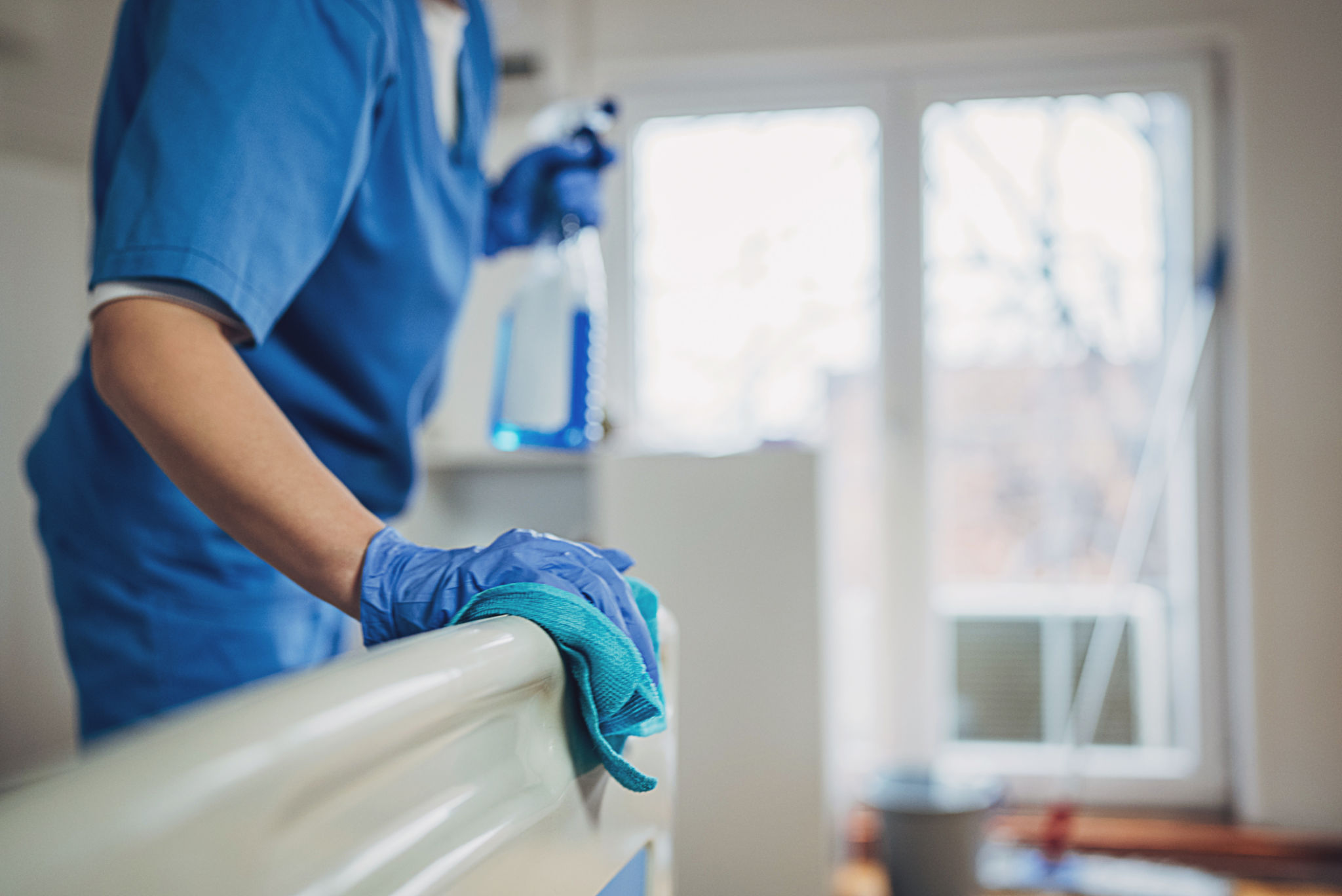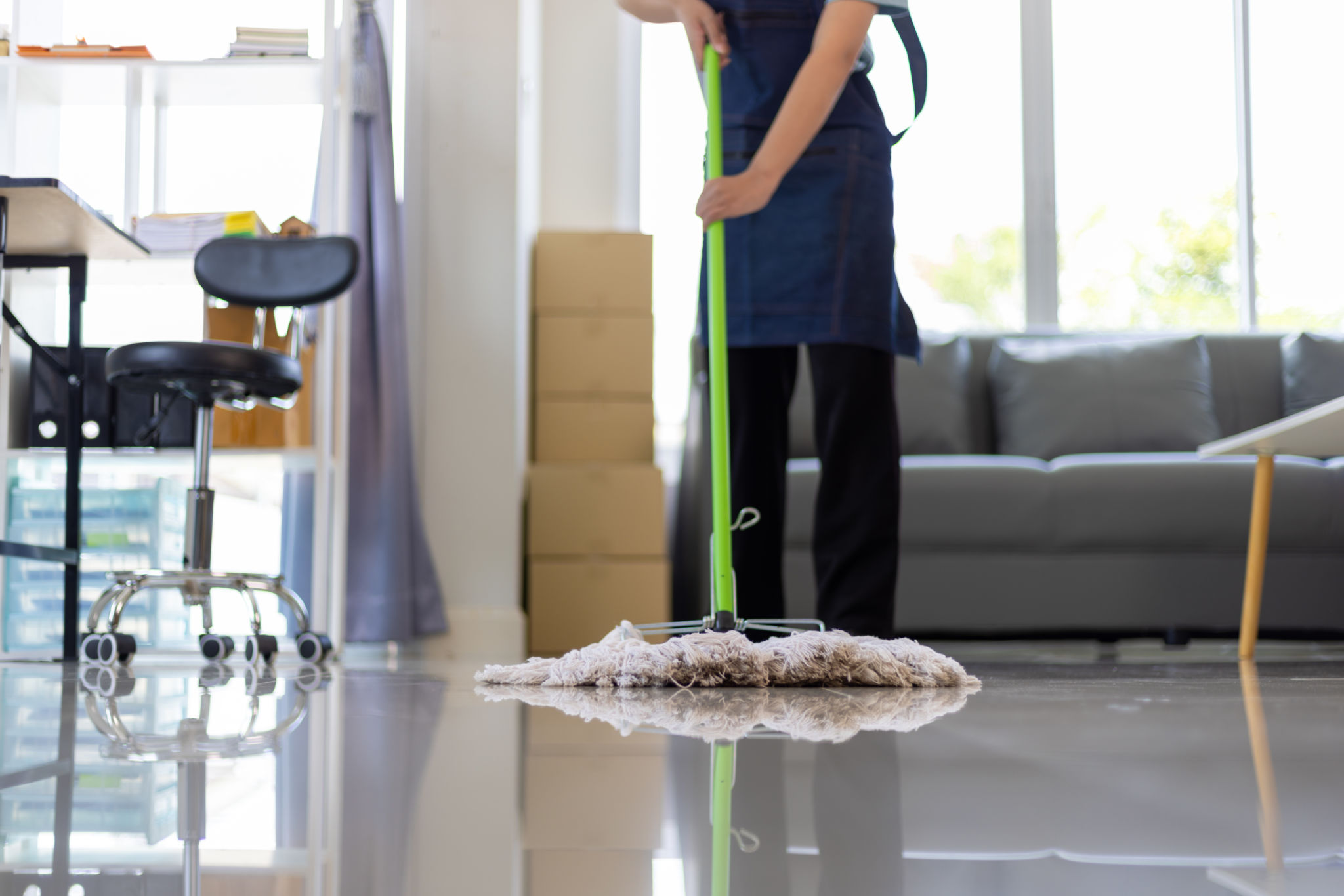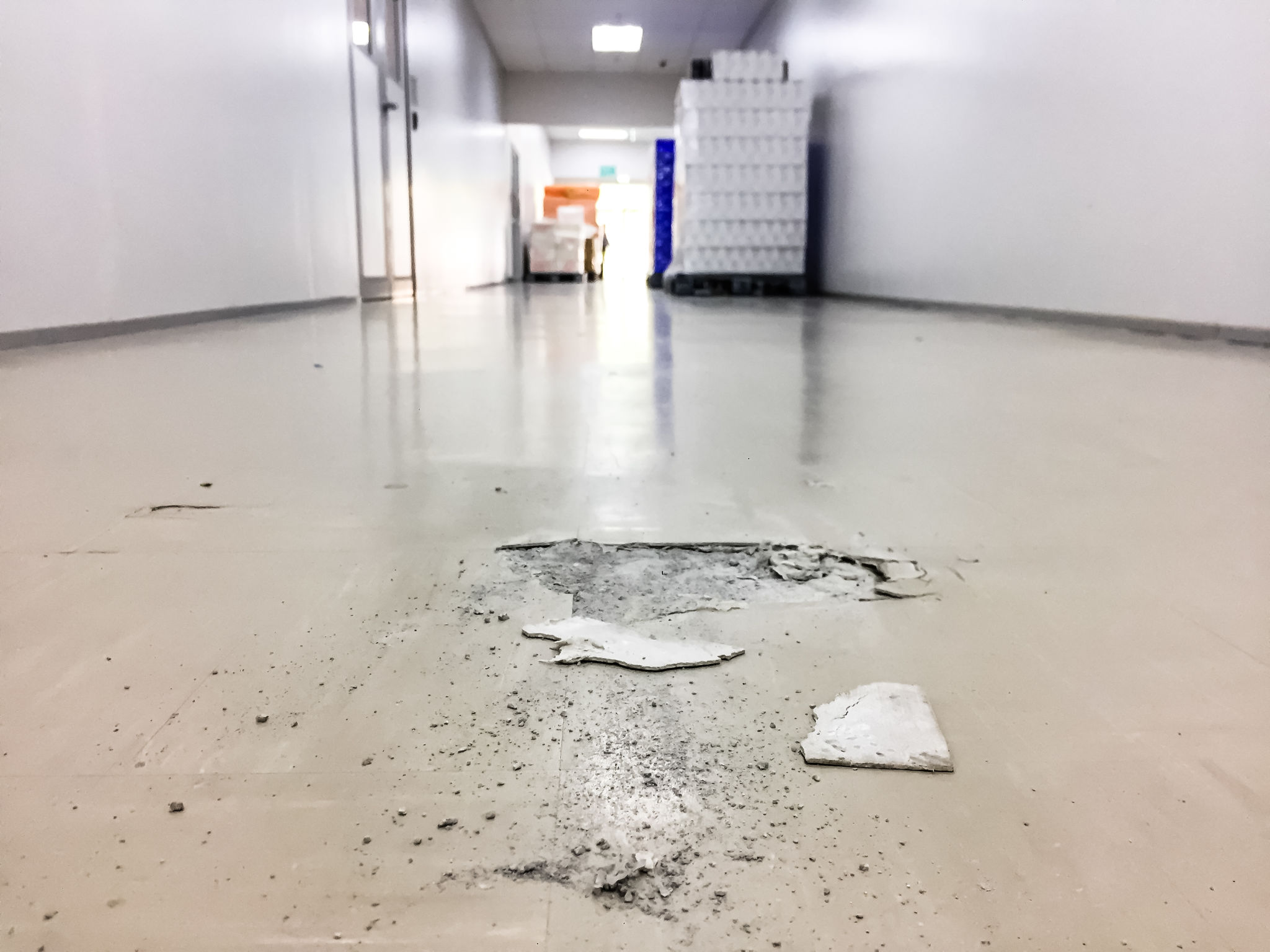DIY Pressure Washing Tips: When to Call in the Professionals
The Basics of DIY Pressure Washing
Pressure washing is a powerful way to clean various surfaces around your home. It's an effective method for removing dirt, grime, and stains from driveways, decks, and siding. However, it's important to understand the basics before you start. First, choose the right pressure washer; a model with adjustable pressure settings is ideal. Lower pressure settings are suitable for delicate surfaces like wood, while higher settings are necessary for tougher jobs like concrete driveways.
Equipping yourself with the appropriate nozzles is also crucial. Different nozzles provide different spray patterns and pressure levels. Use a wider spray for gentle cleaning tasks and a narrow spray for stubborn stains. Always test the pressure on a small, inconspicuous area before beginning any large project.

Safety Precautions
While pressure washing can be a satisfying DIY task, it's essential to prioritize safety. The high-pressure water jets can cause serious injury if mishandled. Always wear protective gear, including gloves and goggles, to shield yourself from debris and accidental sprays. Ensure your footing is secure, especially when working on elevated areas like roofs or ladders.
Another critical safety tip is to be mindful of electrical hazards. Keep the pressure washer away from electrical outlets and cords to prevent water-induced short circuits. Additionally, avoid pointing the nozzle at people, pets, or fragile objects.

When DIY Isn't Enough
While many homeowners enjoy the satisfaction of DIY projects, there are times when calling in the professionals is the best course of action. If you notice mold or stubborn stains that just won't budge despite your efforts, professional services might be necessary. Experts have access to industrial-grade equipment and specialized cleaning agents that can tackle these challenges effectively.
Another situation where professional intervention is beneficial is when dealing with large areas or multi-story homes. Professionals are trained to handle complex tasks with precision and care, ensuring every corner of your property is cleaned thoroughly without risking damage.

Recognizing Potential Damage
Pressure washing can potentially damage surfaces if not done correctly. Wooden surfaces can splinter, paint can chip, and windows can crack under intense pressure. If you're uncertain about the structural integrity or the suitability of pressure washing a particular surface, it's wise to consult with a professional before proceeding.
Signs of damage include streaks or marks on the surface after washing, which often indicate that excessive pressure was used. If you encounter these issues, it's time to reassess your methods or call in experts to prevent further damage.

Cost vs. Benefits of Professional Services
Hiring professionals might seem like an added expense initially, but it can be cost-effective in the long run. Professionals bring expertise and efficiency that can save you time and prevent costly mistakes. They often use eco-friendly cleaning solutions and techniques, which are safer for your home and the environment.
Moreover, professional services often include additional perks like warranty or satisfaction guarantees, providing peace of mind with their work. Weighing these benefits against the cost can help you make an informed decision about whether to DIY or hire experts.
Conclusion: Making the Right Choice
Whether you decide to tackle pressure washing on your own or enlist professional help depends on various factors like your confidence level, the size of the job, and potential risks involved. By understanding both your capabilities and limitations, you can ensure that your home remains clean and well-maintained without compromising safety or quality.
Remember, the ultimate goal is to preserve your property's value while achieving a clean and inviting appearance. Whether DIY or professional service is right for you, making an informed decision will lead to the best results.